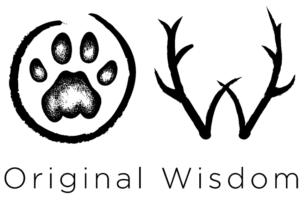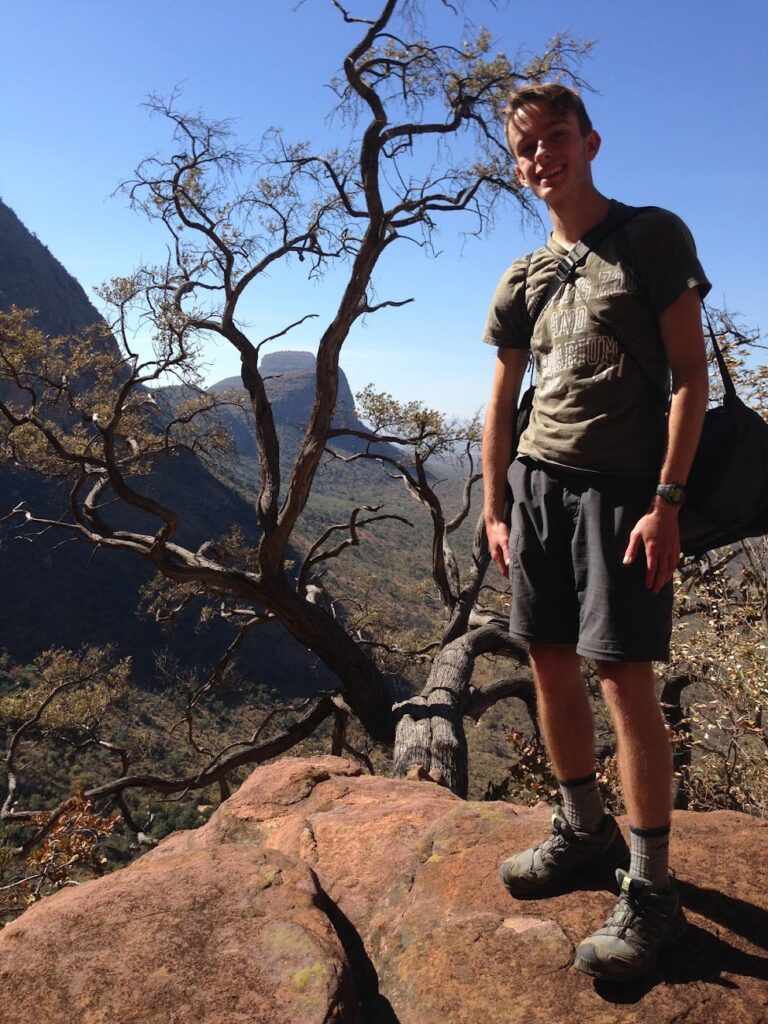Q and A for 14 – 20 April 2020
Questions: White-tailed mongoose tracks, acorn weevil sign, pip gall wasp sign, female zebra’s skull, black-backed jackal scat, Stark’s hare scat, European forest bison incisor marks, beetle trail, centipede trail
Amongst our global efforts to #flattenthecurve, we shared a few tracking photos on our Original Wisdom Facebook page with you, to help pass the time and keep our learning going. Tracking is important, it develops creative and critical thinking skills, and curiosity and empathy, which also help us to better understand our place as caretakers of this beautiful world. We posted a question a day, starting on Tuesday, 14 April, and so today, Tuesday, 21 April, we will review them together! … and, go!
Tuesday, 14 April 2020
This photo was taken at our training venue, Ngala Training Camp, in the Balule Region of the Greater Kruger, South Africa.
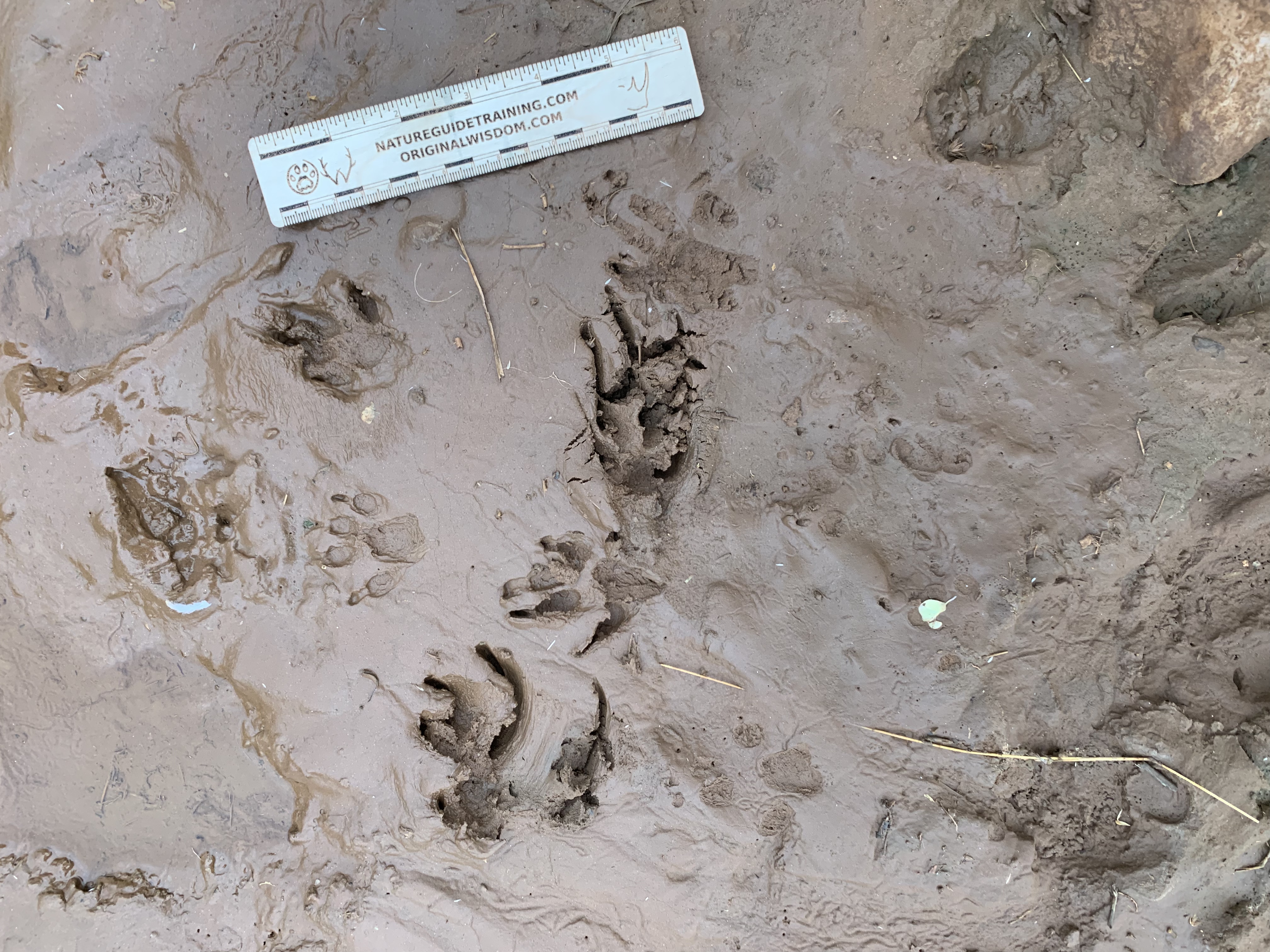
The animal that made these tracks had come to drink at the waterhole just outside the 7-strand electric fence around our camp. Like many other animals, the fence would not have prevented it from getting in!
We had some really educated guesses on this one, and everyone got to mongoose.
Next, I’ve put some info about the 4 major mongoose species that were considered by participants. The drawings and species accounts come from Louis Liebenberg’s A Field Guide to the Animal Tracks of Southern Africa, which can be downloaded for free from the CyberTracker website (CyberTracker.org).




The tracks in the photo are white-tailed mongoose tracks, and Sandy Reed, Shane Murdoch, and Elle van Dijk jumped straight to it. That blocky metatarsal pad and big toes, big claws, give it away. These ones are a bit smaller than typical, which is 5.5 cm, but, hey, animals do come in small, medium, and large, depending on their age, sex, and health.
Wednesday, 15 April
These photos were taken in Maine USA, by Bren White. The objects are acorns from an oak tree and the question is who or what created the holes?
Only Antoinette Maritz Nicholl attempted this. It’s a tough one. She said that she used to smash small brown beetles out of old ones as a kid. She could have been referring to either of these, but…
These perfect small holes in the first photo are made by one of the acorn weevils, and the more jagged, triangular openings at the cap of the acorn in the second photo were made by pip gall wasps (Callirhytis operator). Apparently, there are lots to choose from, and it’s actually difficult to get it down to an exact species just from the sign.
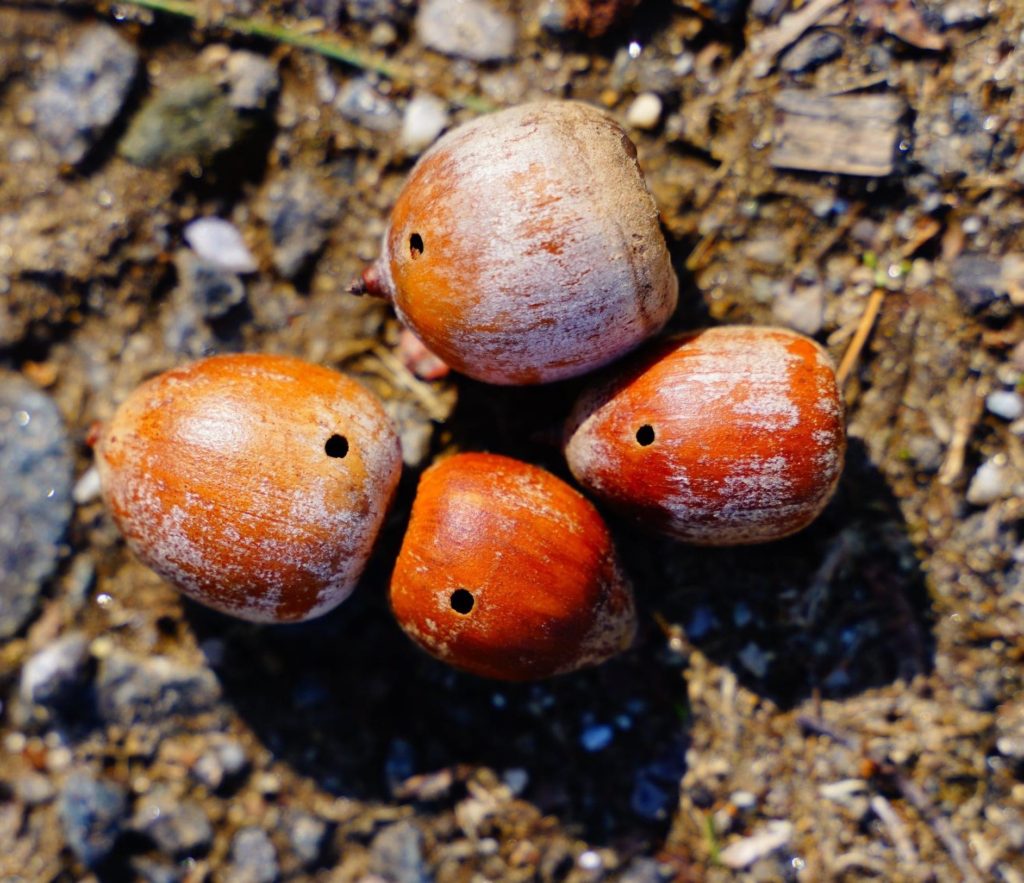
Here is some info from the interwebs:
“The adult acorn weevil (Cucrulio sp.) is a brown colored beetle about 3/8 inch long, and has a very long thin snout. The female uses her long snout to make a small hole in a developing acorn on the tree. She lays several eggs within the hole. Her eggs hatch and the creamy white, grub-like larva feeds on the developing acorn inside the nut until fall. The larva grows to 1/4 to 3/8 inch in length and is off-white in color with a brown head. The legless grub is curved and fat in the middle, tapering toward both ends. The larvae within the acorn on the tree fall to the ground in the nut in the late summer or fall. In the fall the fully grown acorn weevil larva chews a perfectly round 1/8 inch hole in the side of the nut and emerges. If the acorn remains outdoors, these larvae would tunnel into the soil to complete development. They remain in the soil for one to two years before emerging as a new adult weevil to repeat the process.” https://www.extension.iastate.edu/news/2007/sep/072107.htm
The next photos was sign from pip gall wasps.
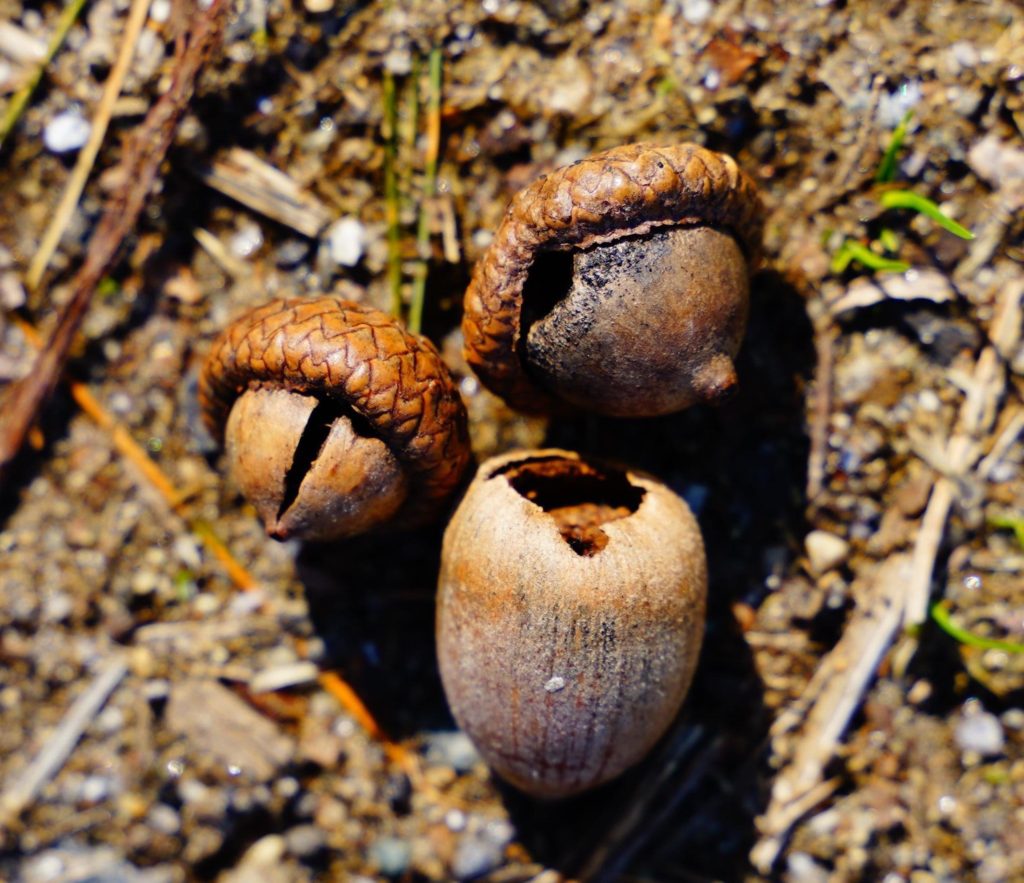
Below is some great info on pip gall wasps from this link:
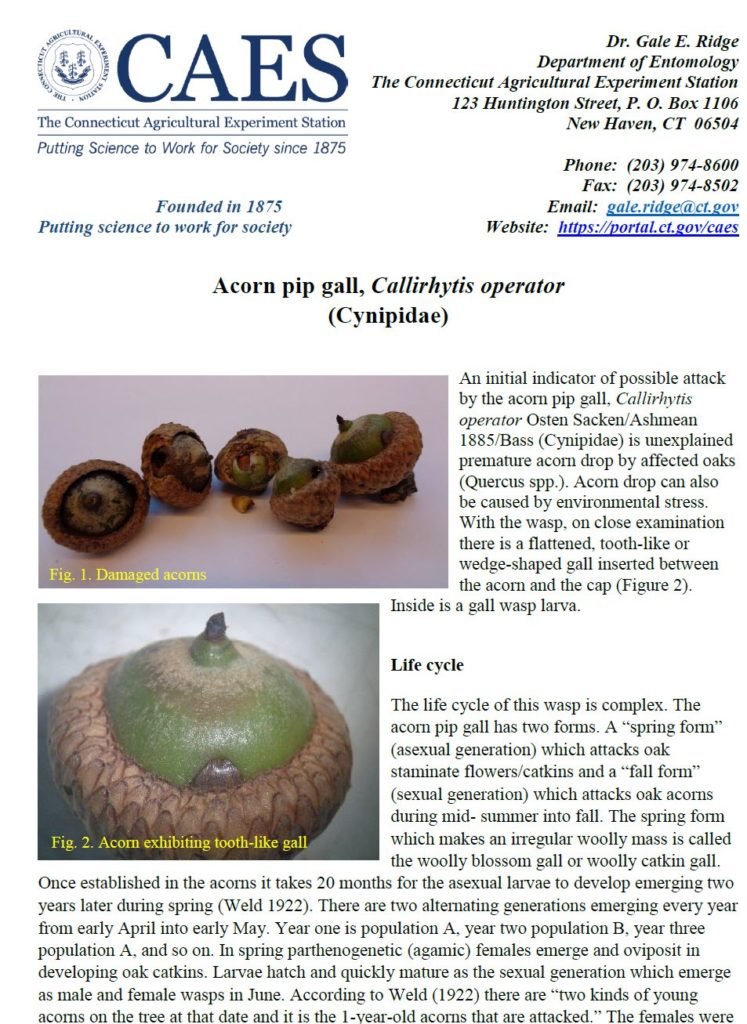
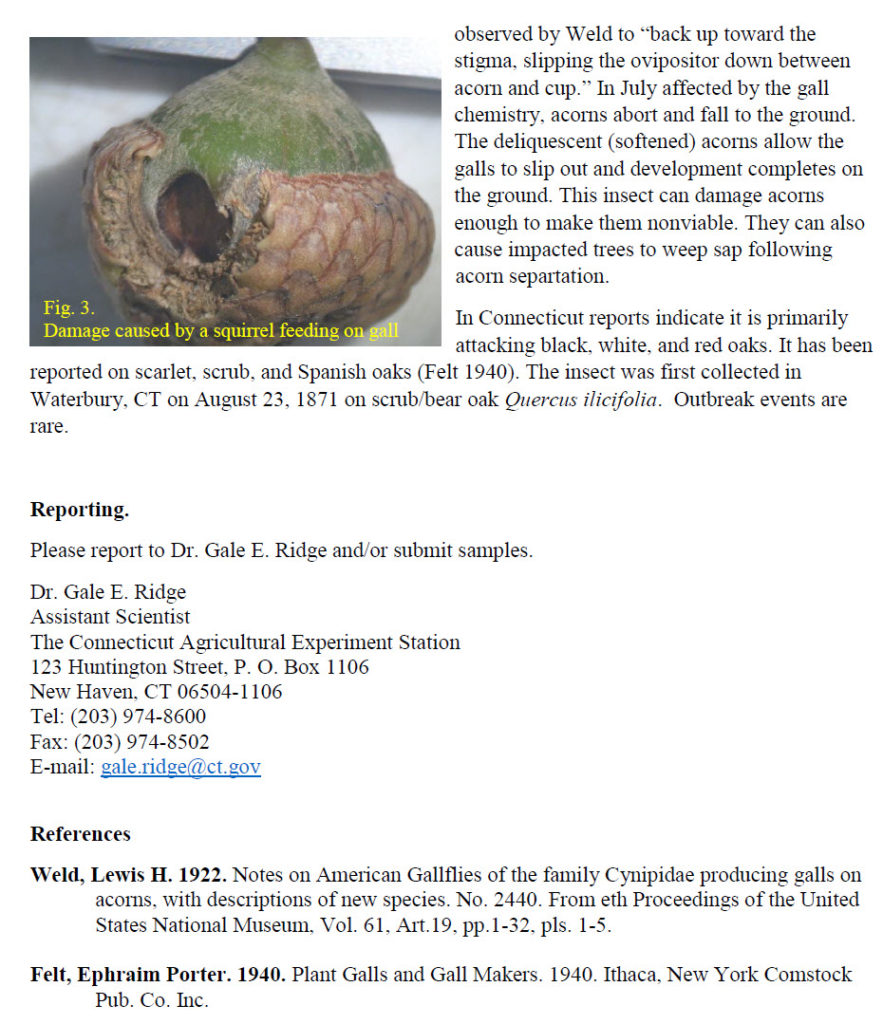
Thursday, 16 April
These photos were taken on a game reserve in the Waterberg Mountains of South Africa. The questions are: whose skull, what sex was the animal, and who’s scat is deposited on it? The skull is fairly large, about a 45 cm or so long (17-20 inches).
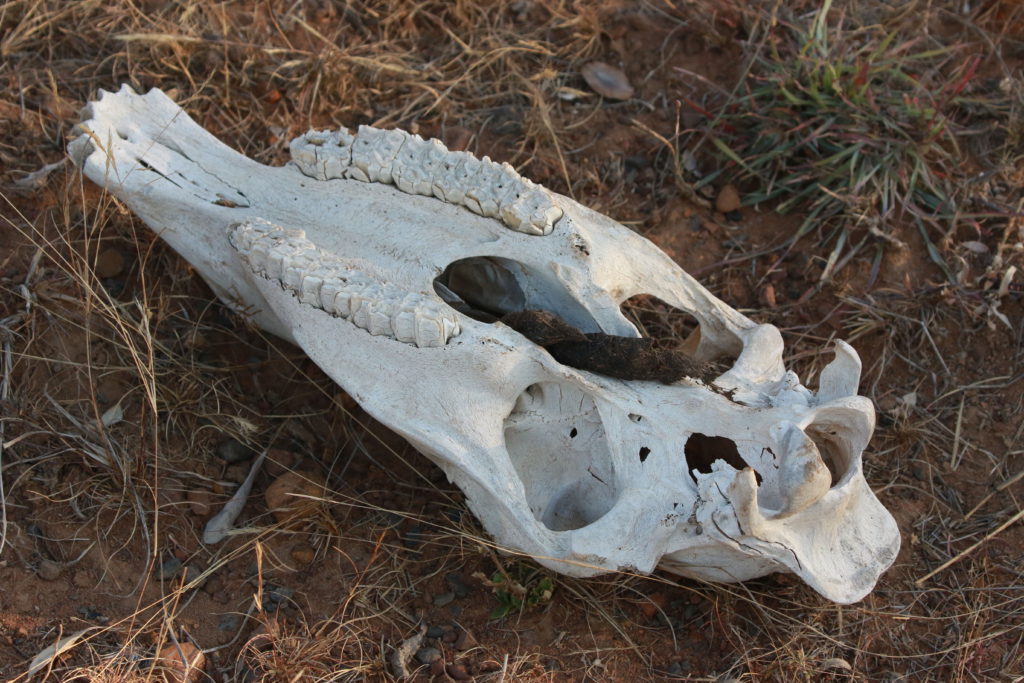
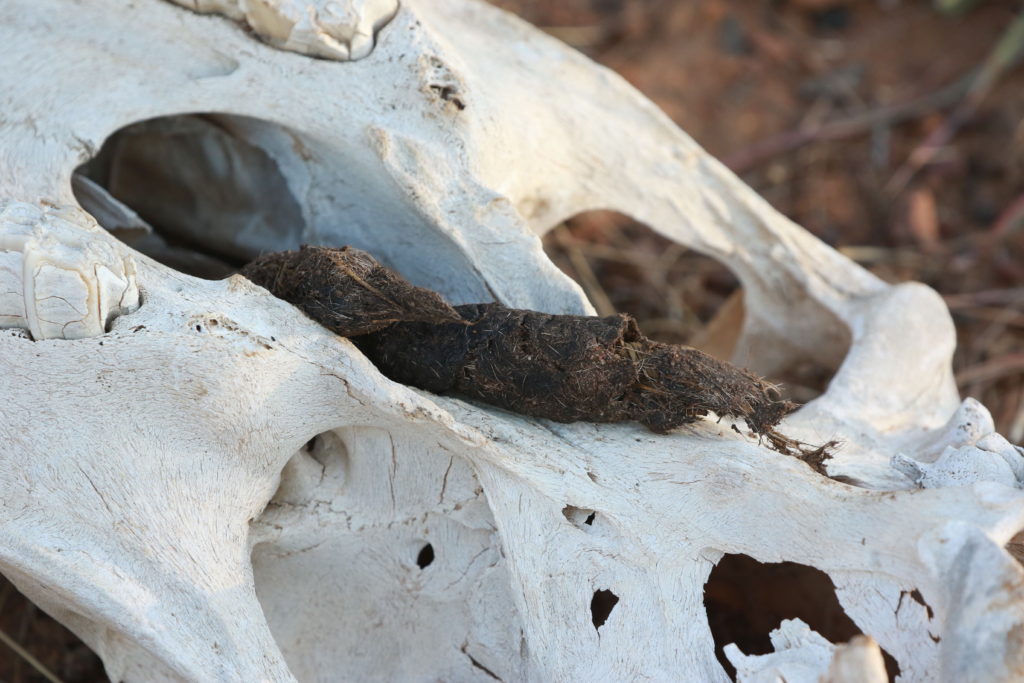
This is a zebra skull, and Elle van Dijk, Chuggy Charles, and Justine Tedder all reasoned it out pretty soundly. It’s a female zebra skull because it lacks the large “tushers” or canine teeth that the males use for fighting with each other. Females have canines, but they are small. If this were a male, you’d see “fang like teeth” or large openings where they had fallen out. And, it is indeed a jackal scat. Jackals love to deposit scats in prominent places where everyone will see and smell them!
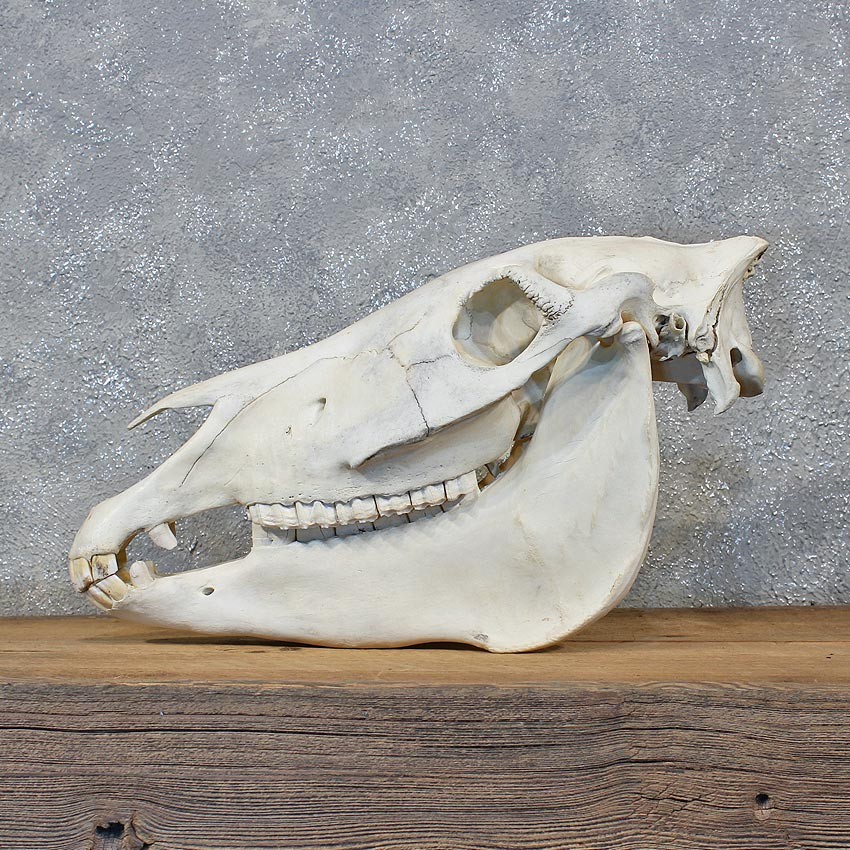
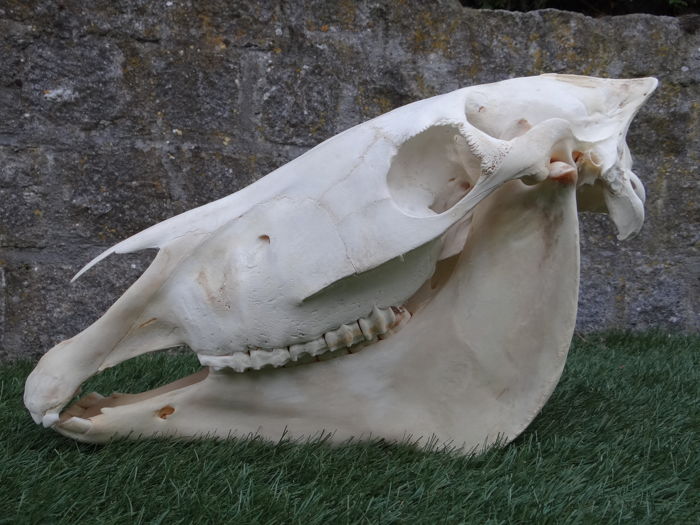
Friday, 17 April
Today’s photos were taken on in the Bale Highlands of Ethiopia. That’s a standard sized Leatherman for scale.
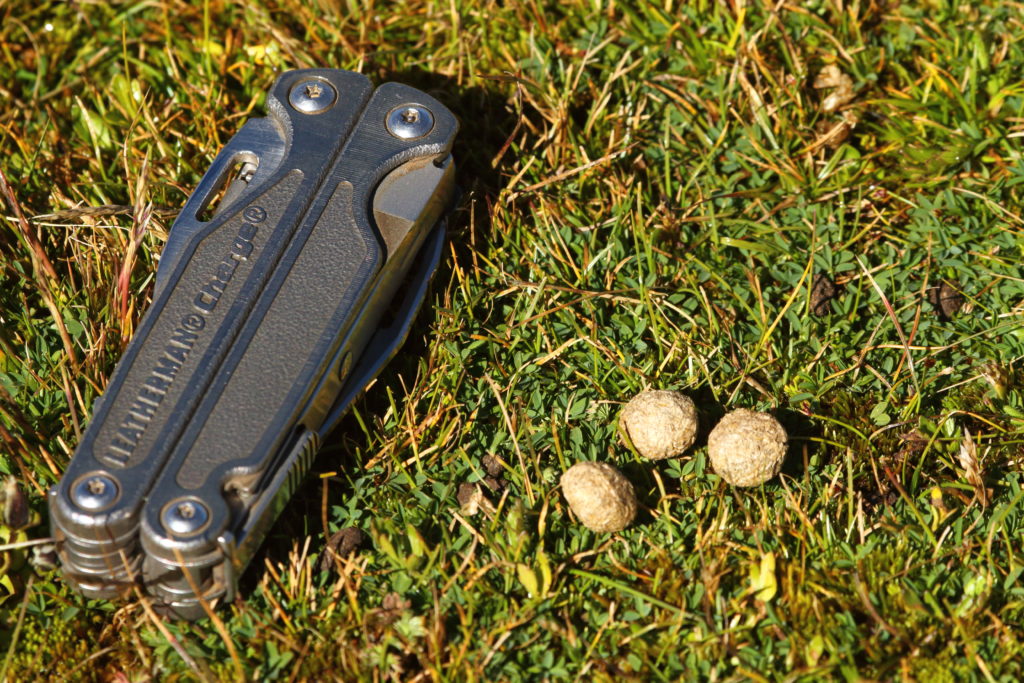
Some great comedy accompanied this one, and I laughed out loud – a good feeling these days! I especially liked Neil Juliano’s reply to John Wallace:
John: …”three gold foil balls.”
Neal: “I think that those are what’s left after eating three Ferrero Rocher Hazelnut chocolates.”
Many people got to hare or rabbit. These is an Ethiopian Highland or Stark’s Hare droppings. Lagomorphs (see last week’s answers for what lagos are) eat grasses (and sometimes bark) and they reingest their poo as is comes out their anus. Yes, folks, you heard that right. It never touches the ground when it first comes out – they eat it right from their butt, and it goes through the digestive system again. Every bit of nutrition is gained, in this way. The process is called coprophagy. It results in these round, flattened pellets that look like they are made up entirely of dried grass.
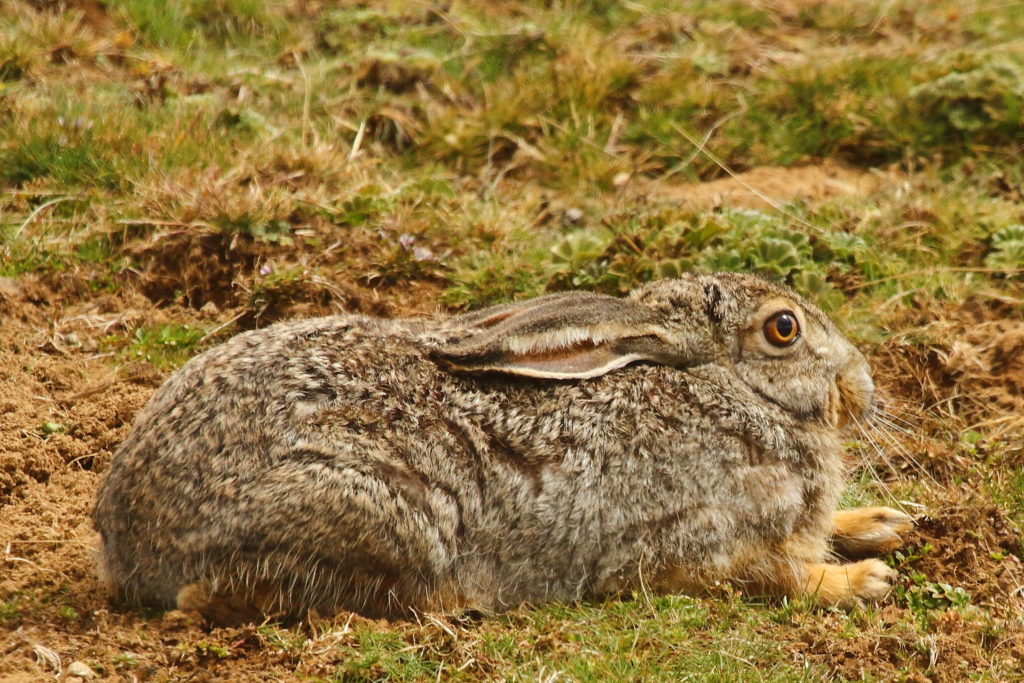
Saturday, 18 April
Saturday’s photo came to you from northeastern Poland, in the Białowieża Forest, where we recently went tracking with Daniel Hansche of Spur Wander.
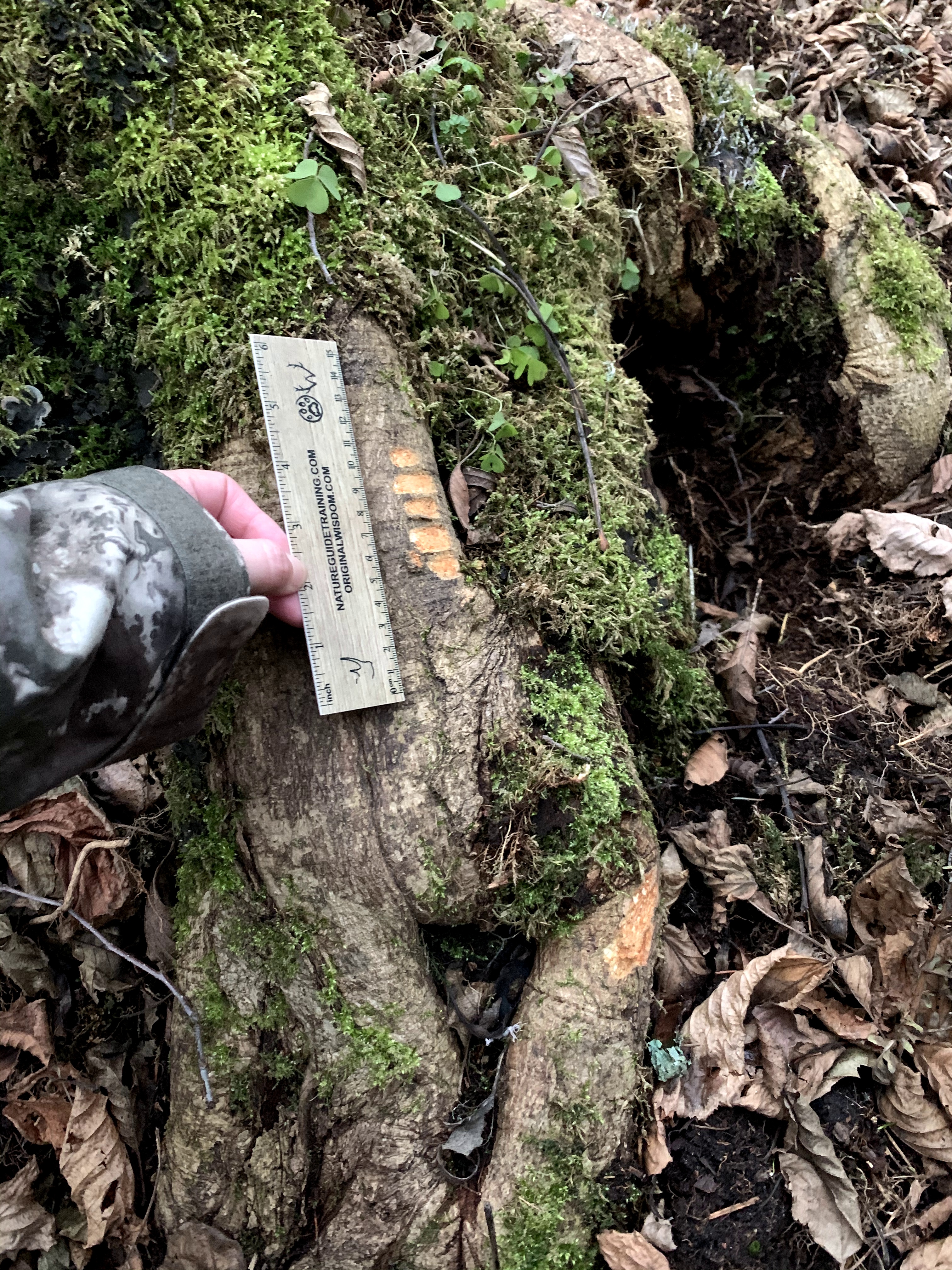
This was a tough one without more information. It was easy for us because we were trialing these animals when we saw their tracks leave a waterhole where they had stopped to drink, walk by these tree roots, and gently scrape some bark off with their lower incisors. These are the incisor marks from European Forest Bison. Note the broad, flat tooth marks. Some folks suggested beaver, and there are beaver in that area, but those would be scarily humongous beaver! There is really only one animal there that’s big enough to do this – bison.
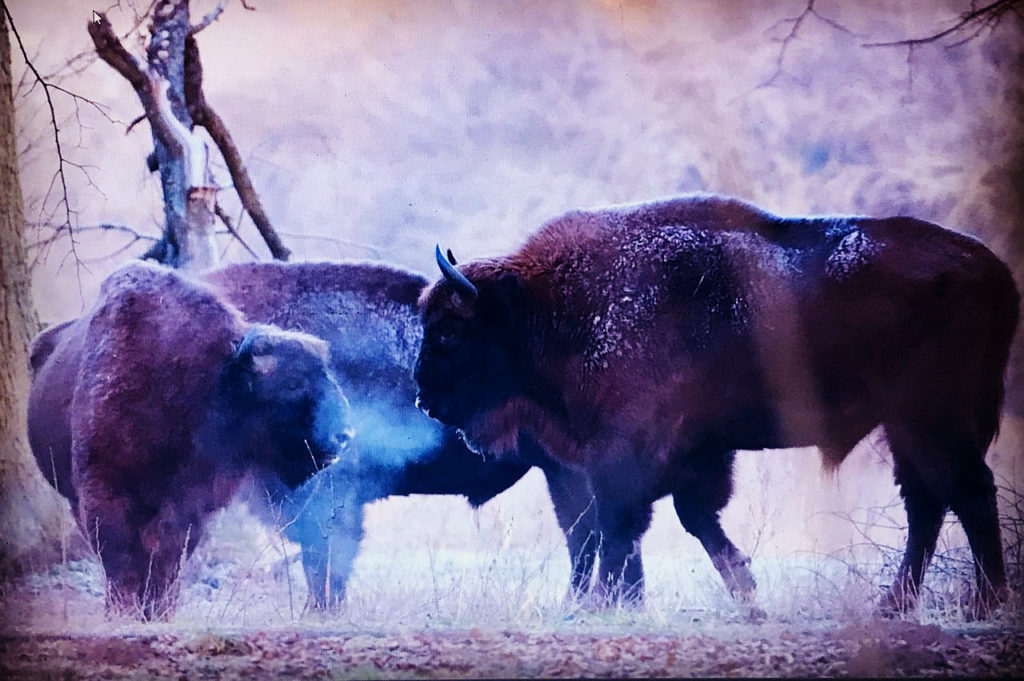
Sunday, 19 April
Today is Sunday, 19 April 2020. This photo came to you from our Ngala Training Camp venue in the Greater Kruger area of South Africa.
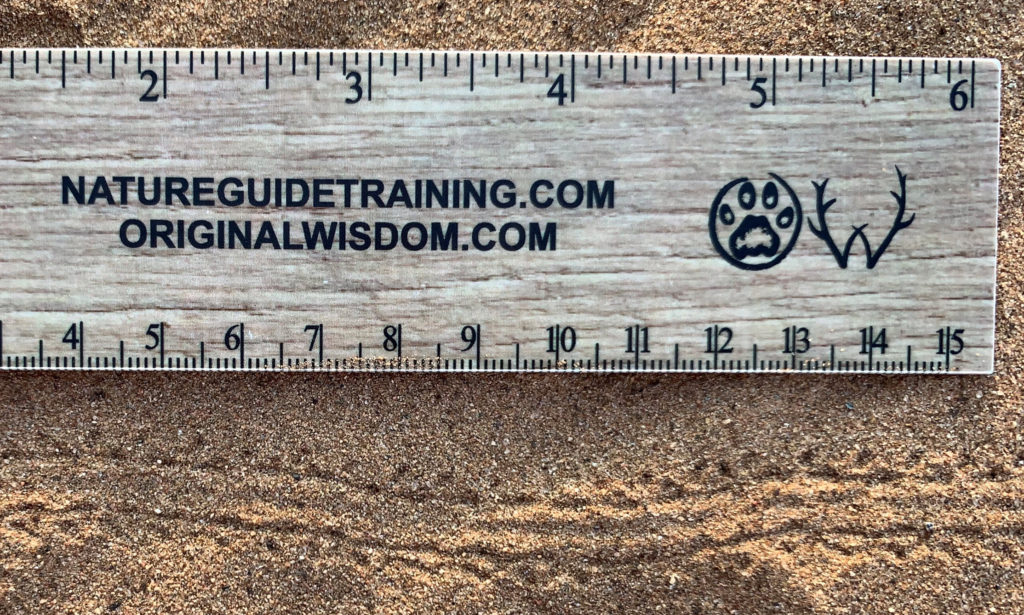
Many people thought shongololo, or millipede, on this one, because of the 2 lines on either side of the trail. But there are also feet sticking out, and making individual tracks!
Blake Samuel Southard and Justene Tedder both surmised a small beetle – which is exactly what this was!
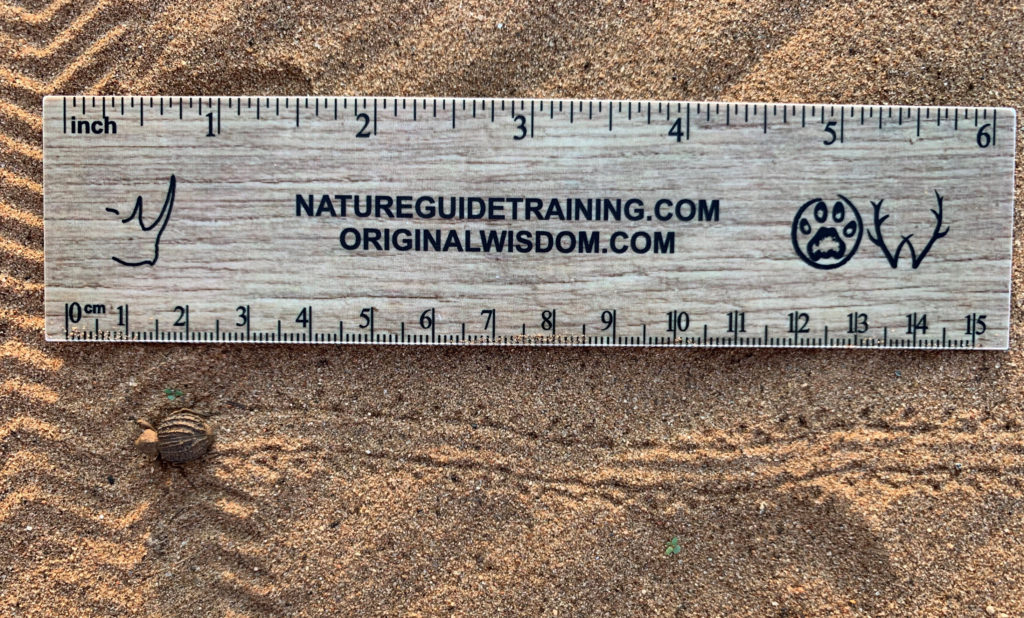
Bonus chuckle to Jeff Egan who said, “A girl with a zip up dress sunbathing.” I have more patience with this than I actually expected and laughed, again…
Monday, 20 April
Today is Monday, 20 April 2020. This photo came to you from our Ngala Training Camp venue in the Greater Kruger area of South Africa, but these creatures are quite widespread across the world.
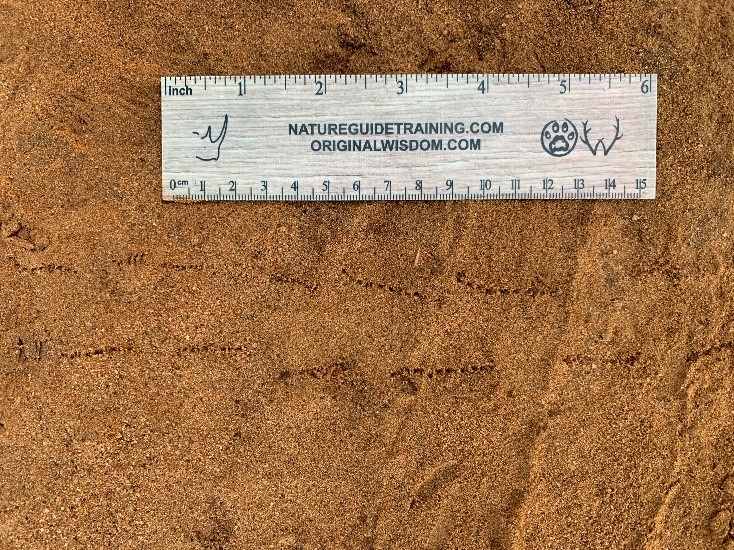
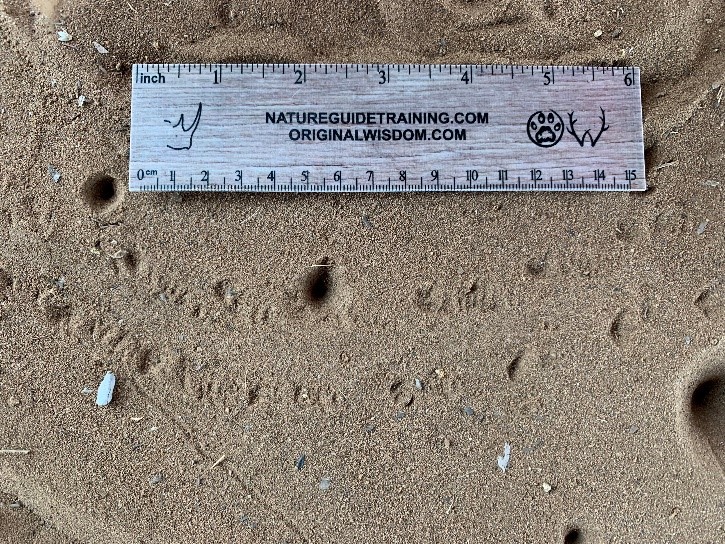
Liz Snair, Roy Strover, and Bob Ollerton got this one correct. It’s a centipede! Bob made me laugh when I asked his reasoning, and he posted a picture of a centipede trail that he’d take with us, in our camp – I can’t argue with that!
“They are called centipedes because it is believed that they have 100 feet. Actually, they don’t. Of the 3,000 different types of centipedes on our planet, none have 100 feet. Some have 50 and some as much as 350.” https://www.pitara.com/science-for-kids/5ws-and-h/do-centipedes-really-have-100-feet/
All those feet create those multiple diagonal lines splayed out from the center line, repeating – and you can see the individual feet in there. You can also see where the body brushed the sand, in both photos, creating a gentle wide drag line.
Thanks to everyone who participated. Let’s keep learning together! If you have photos (with an explanation that you’d like to contribute), please contact me at kersey@originalwisdom.com .
#trackingisoriginalwisdom #natureguidetraining #cybertracker #trackercertification #trackermentoring #tracksandsigns #alwaystracking #ecologicaleducation #tracksandsigns
Download our recommended reading list for trackers by signing up for our “News for Trackers” newsletter!
Our goal is NOT to be spammy with our newsletter. We’d just like to send occasional updates on upcoming programs and maybe some cool info on wildlife, people, and tracking!
Once the sign-up form has been submitted, you will be re-directed to the download page.
Download our recommended tracking book list (and some other resources). It’s specific to Southern Africa and North America, but, a good tracking book is helpful in any region as a starting point to learn how to look at track morphology and animal behavior.
[contact-form-7 id=”2892″ title=”Subscribe to the newsletter”]
